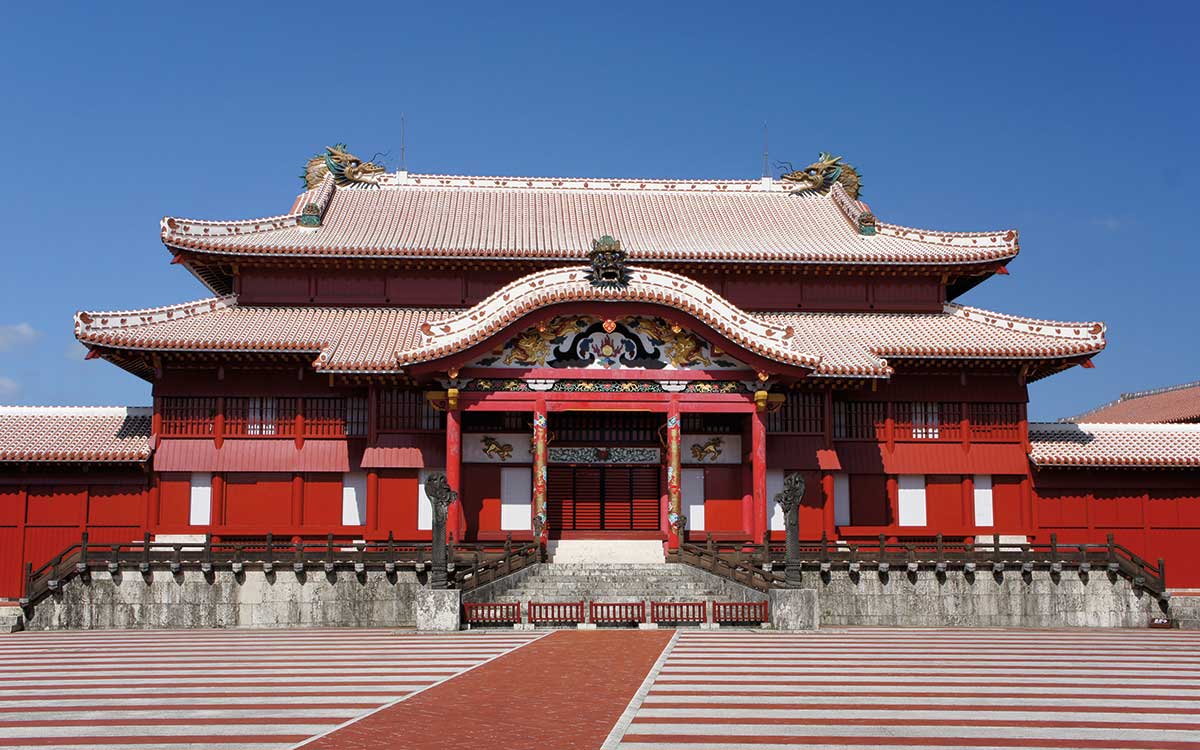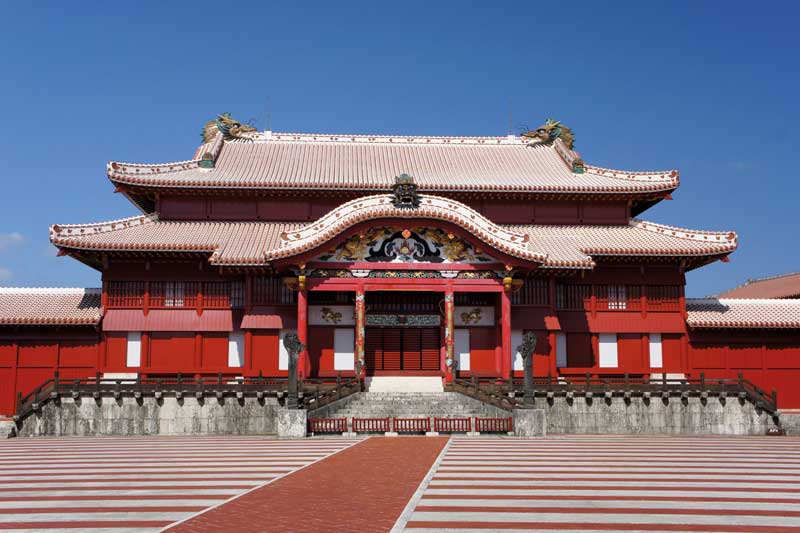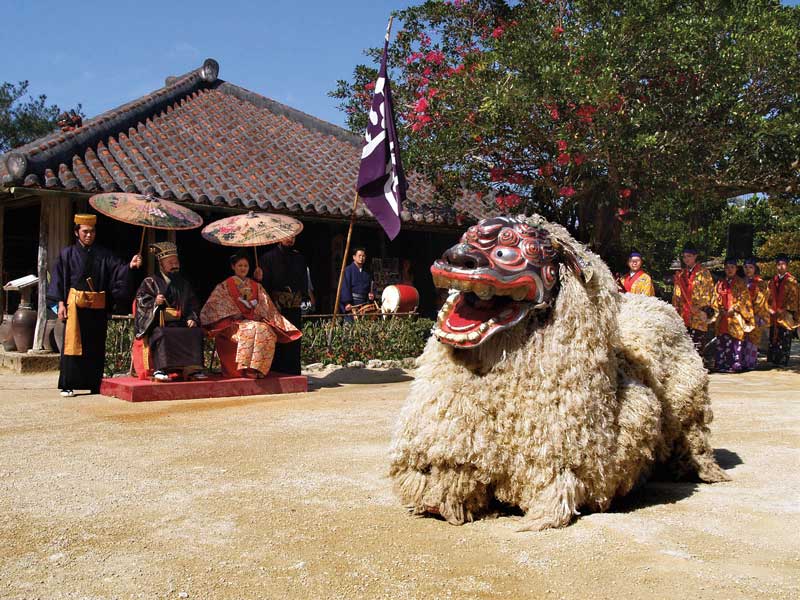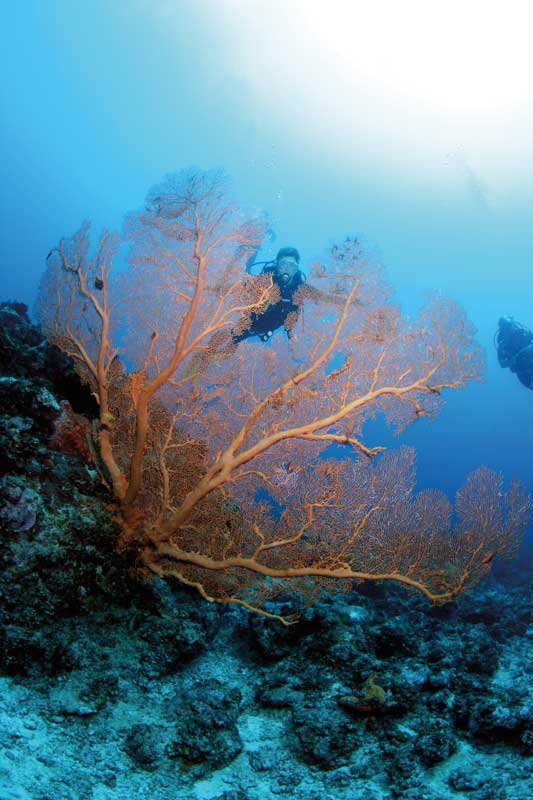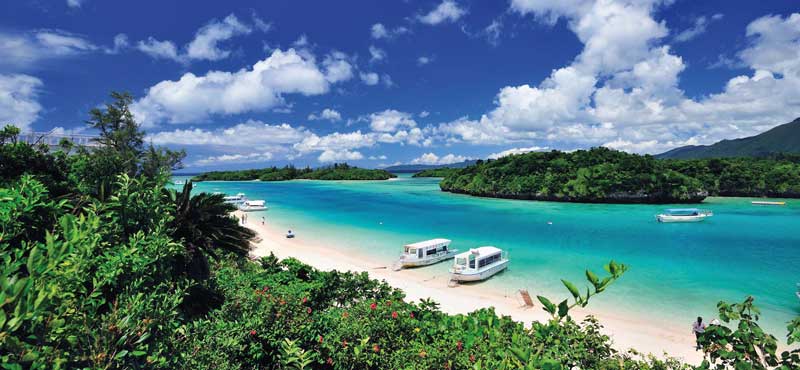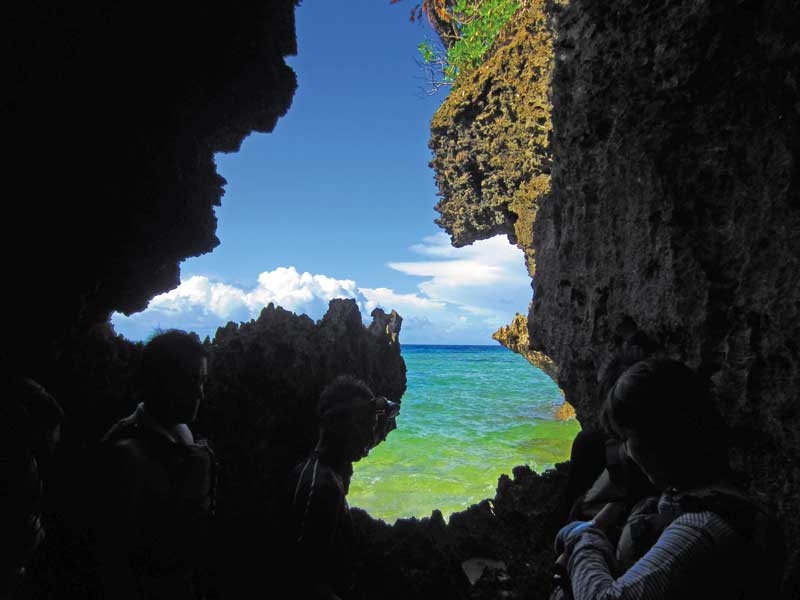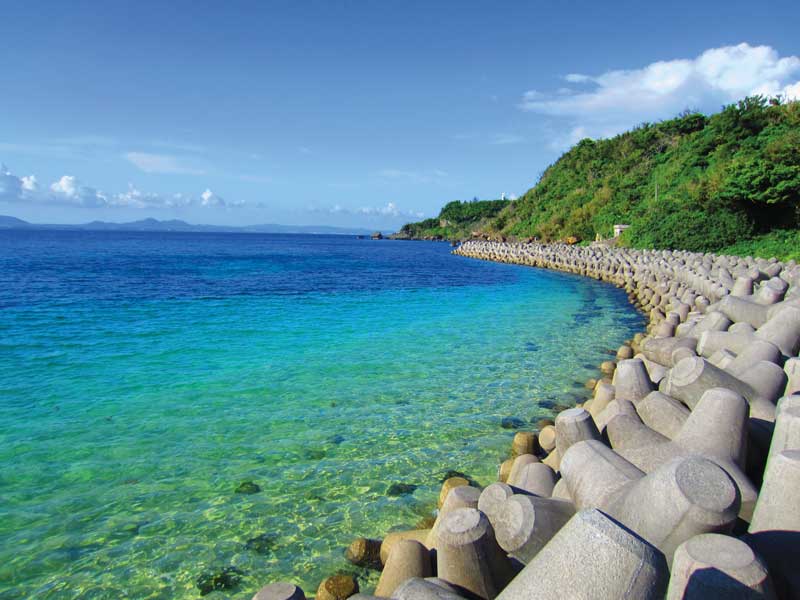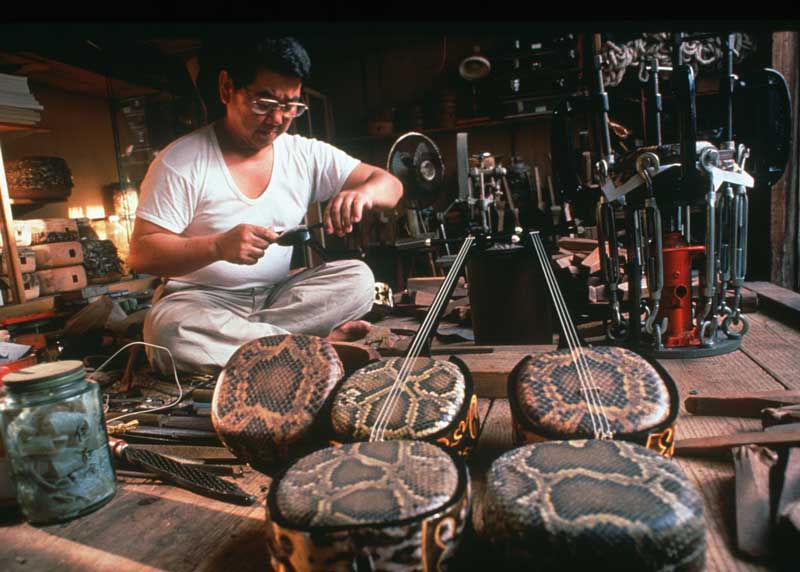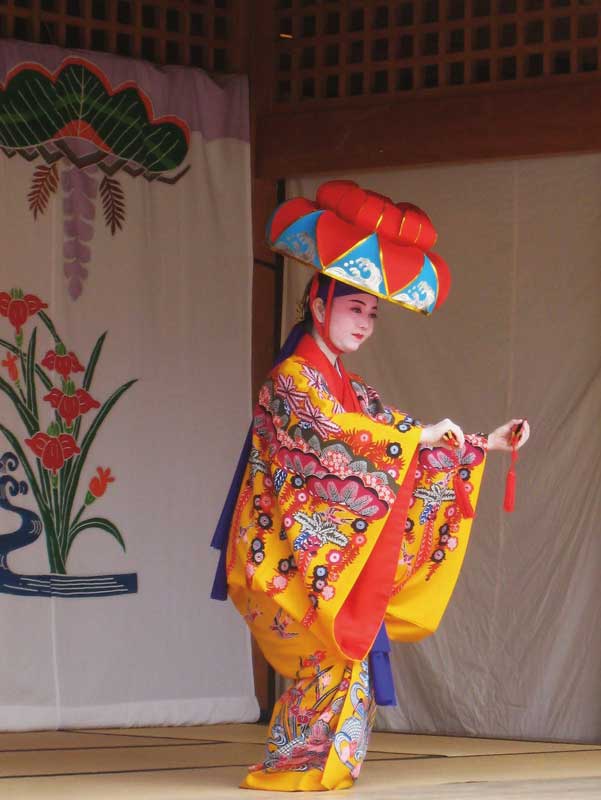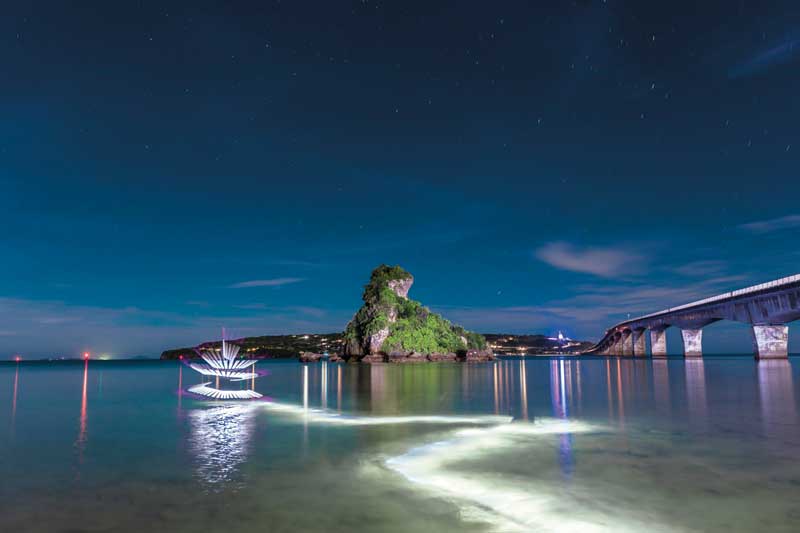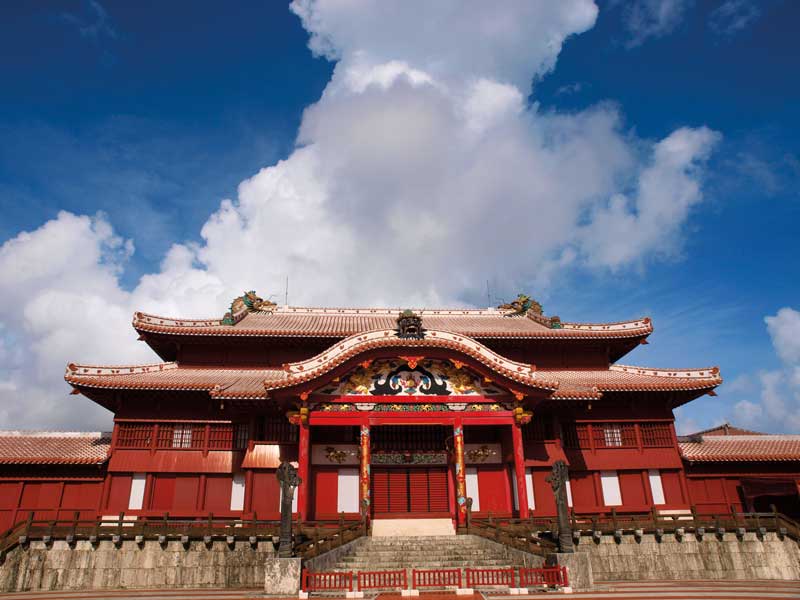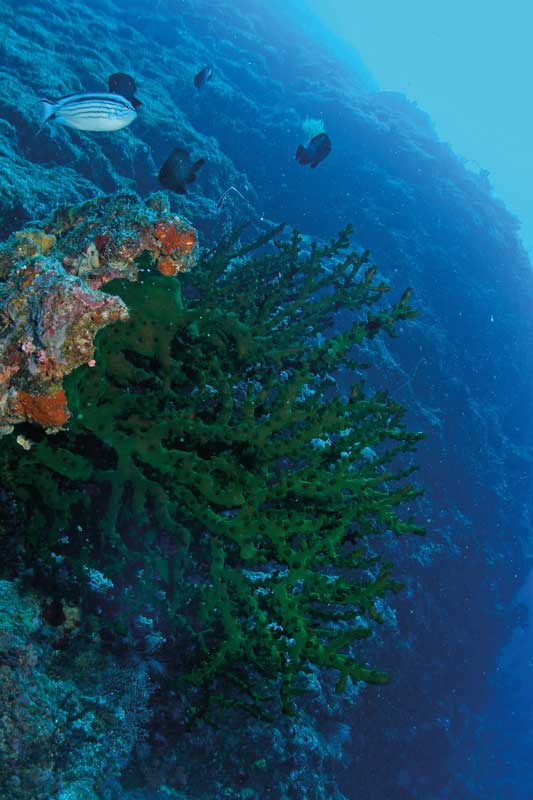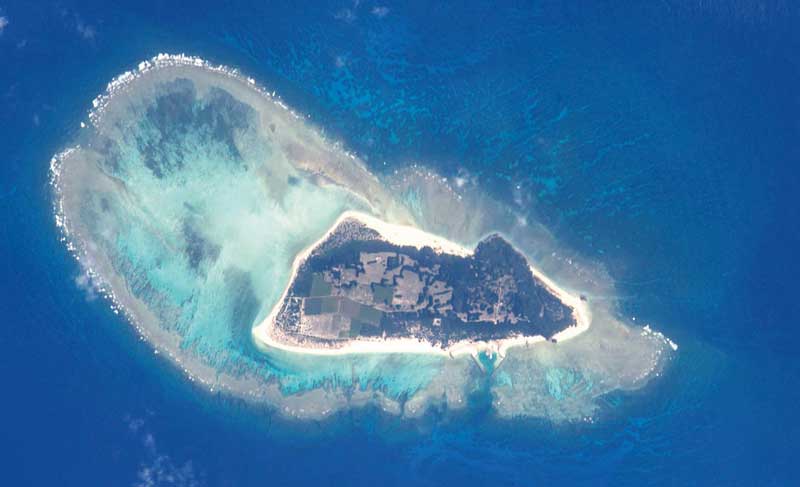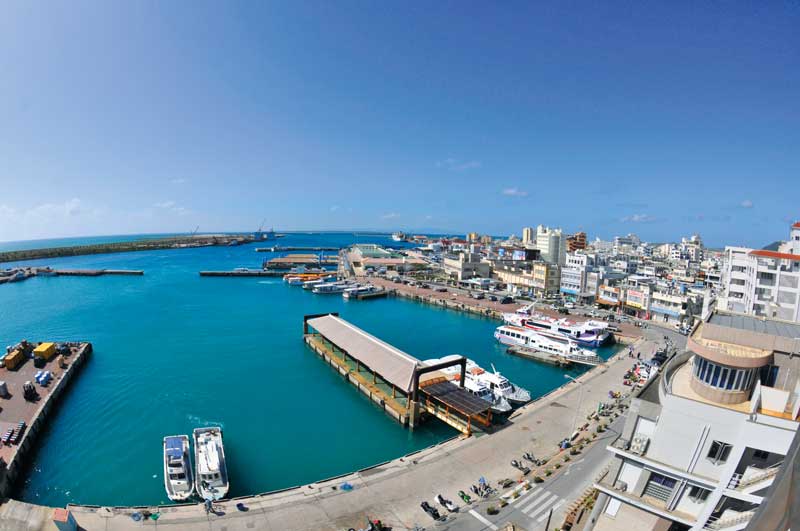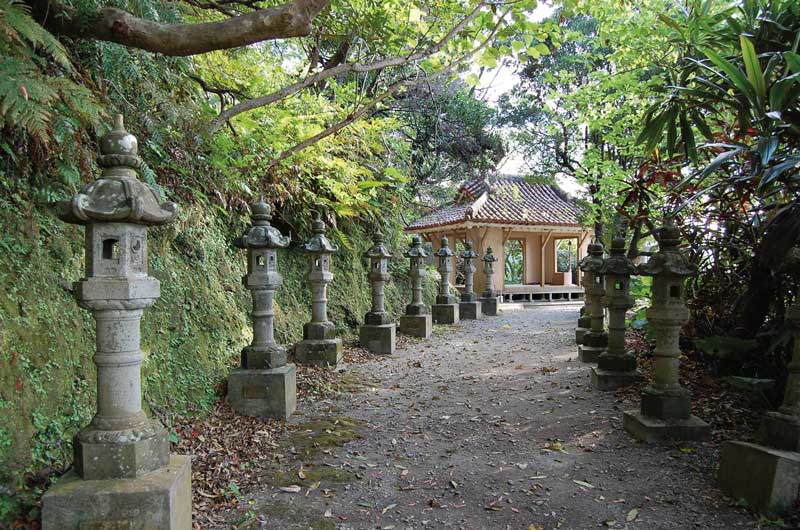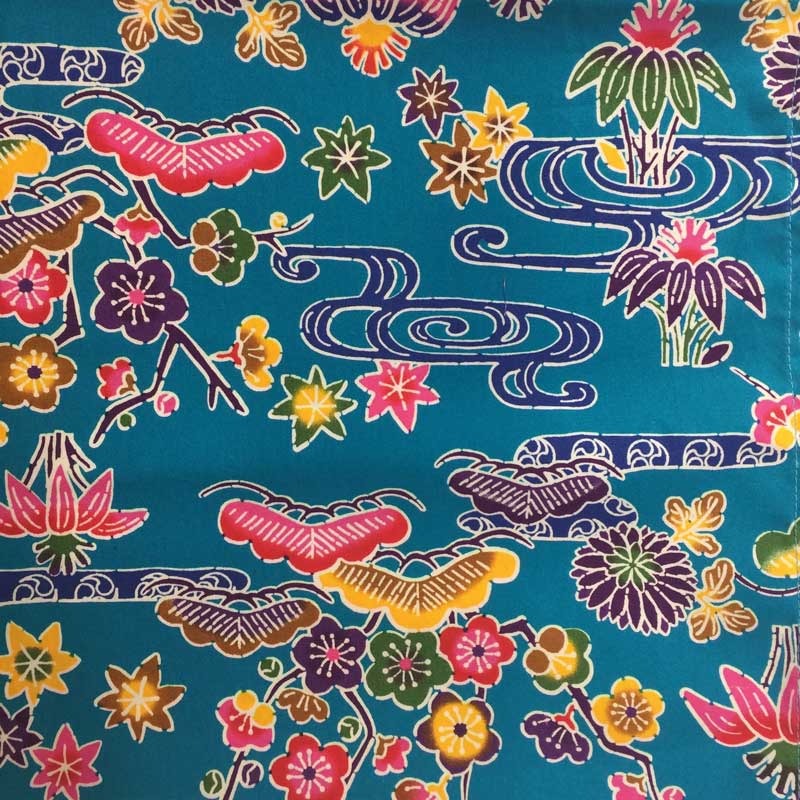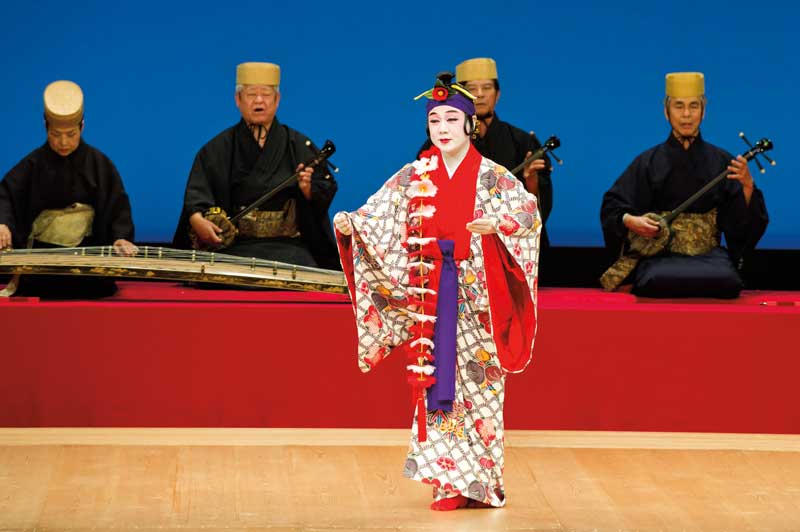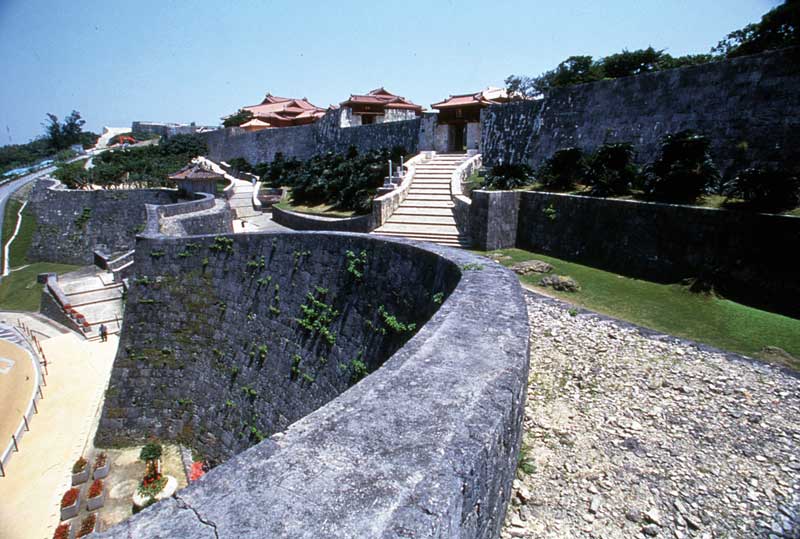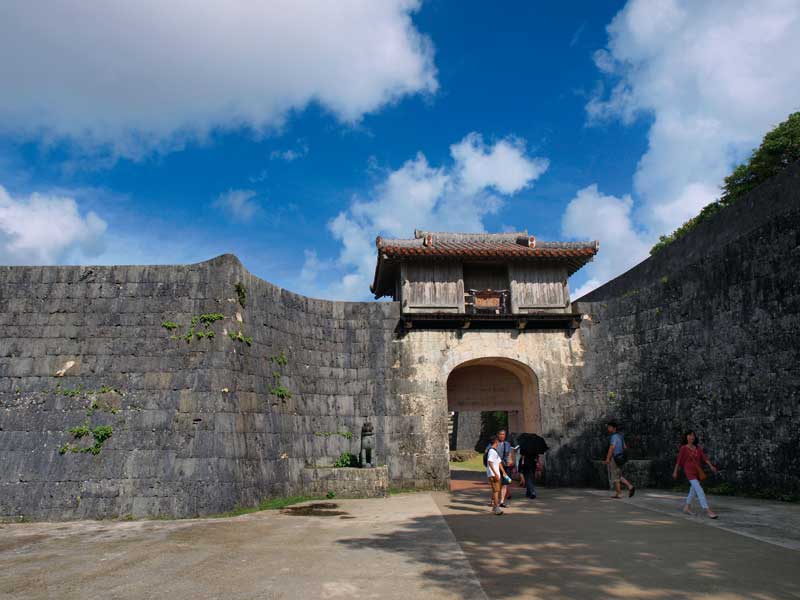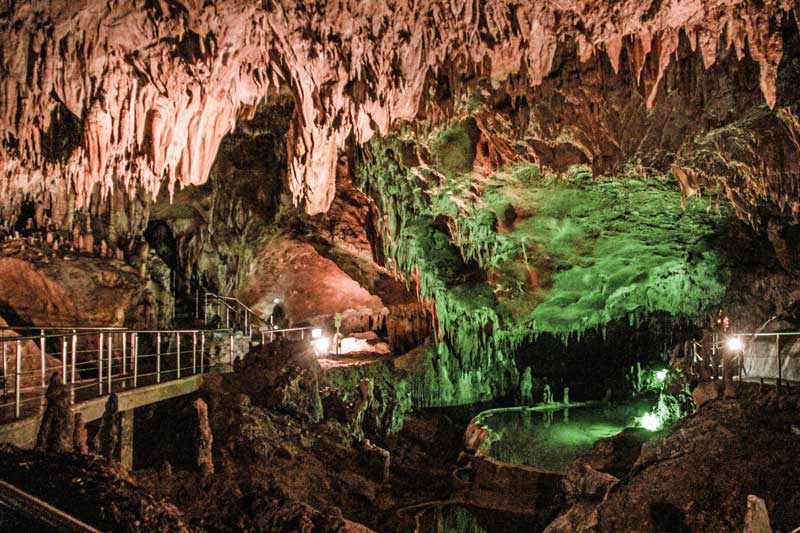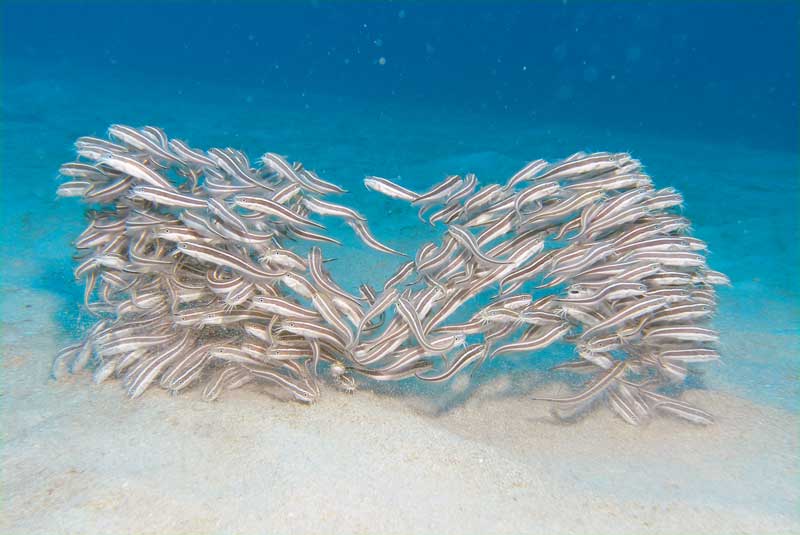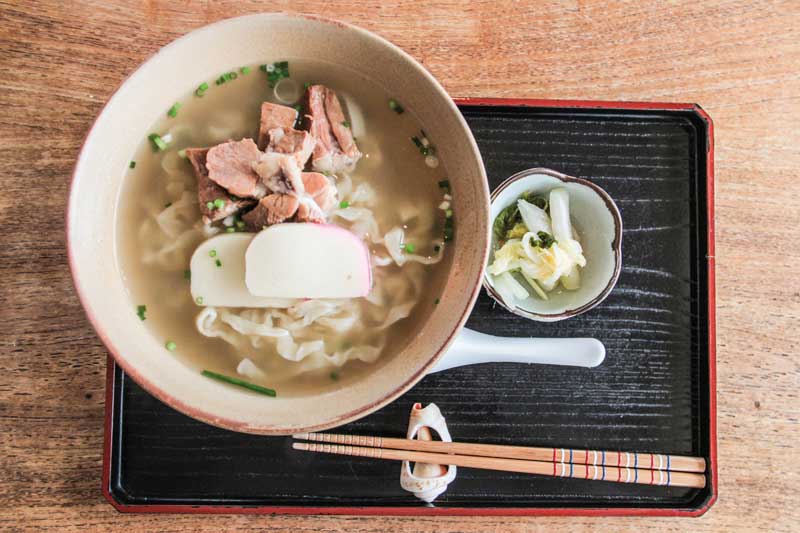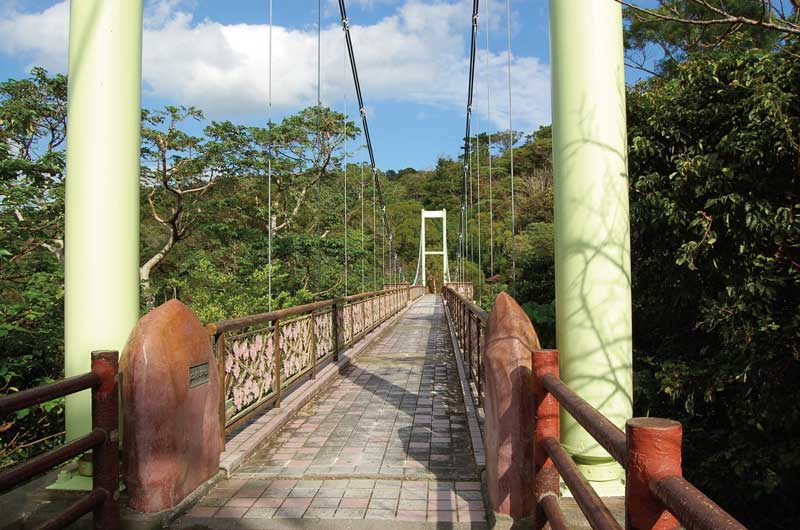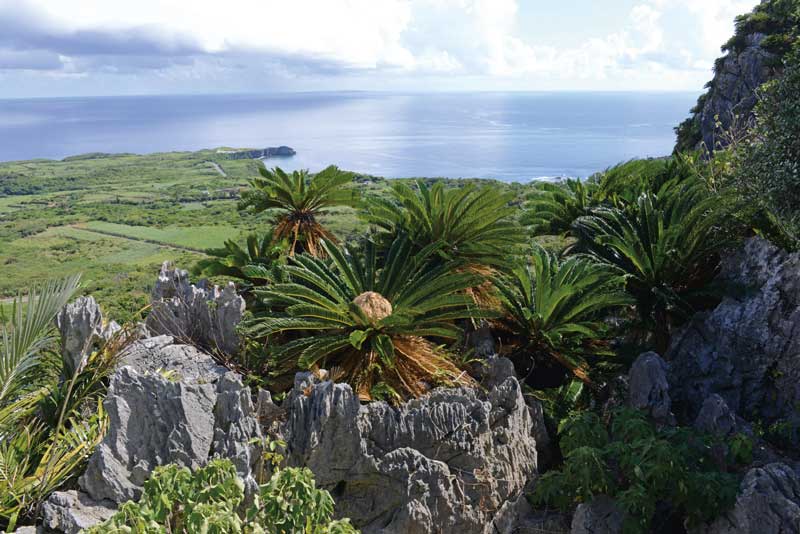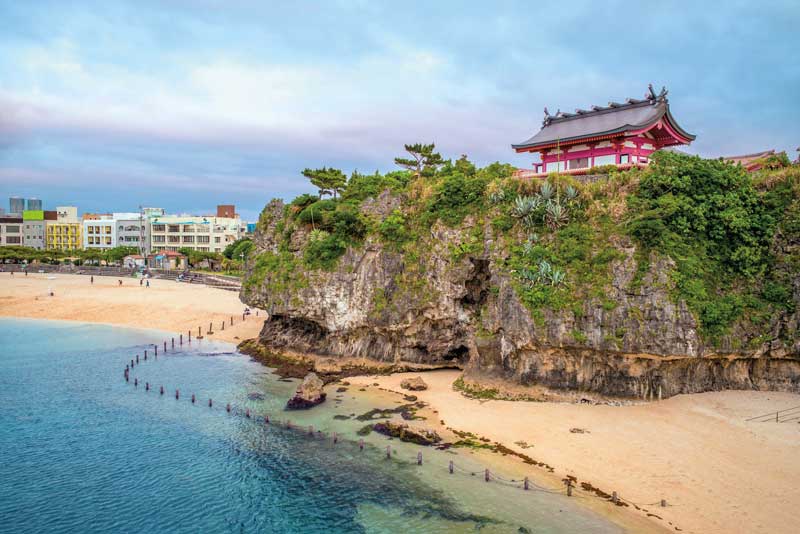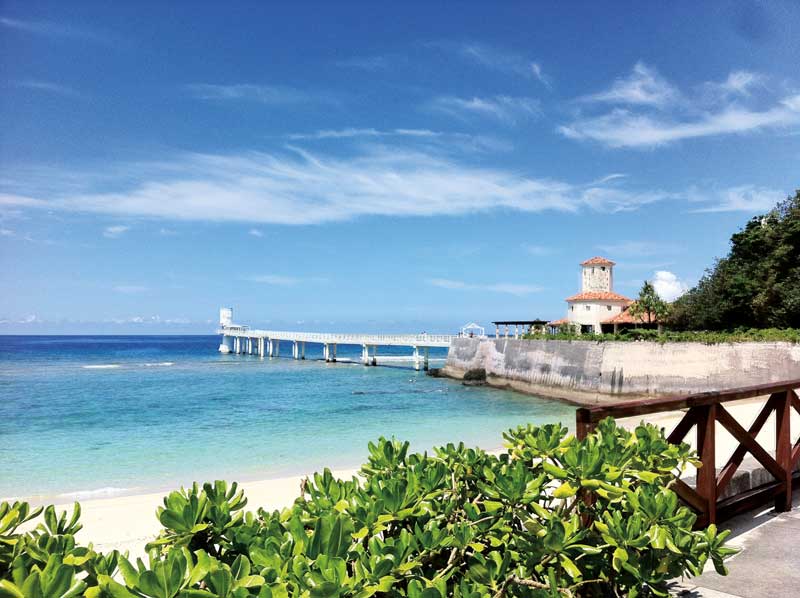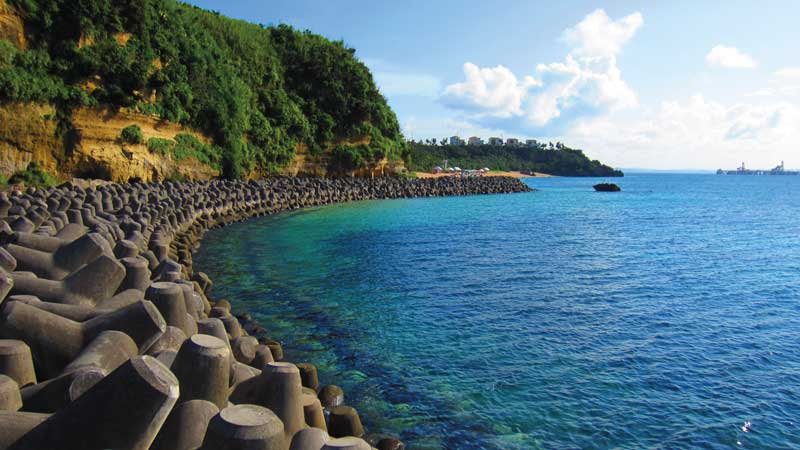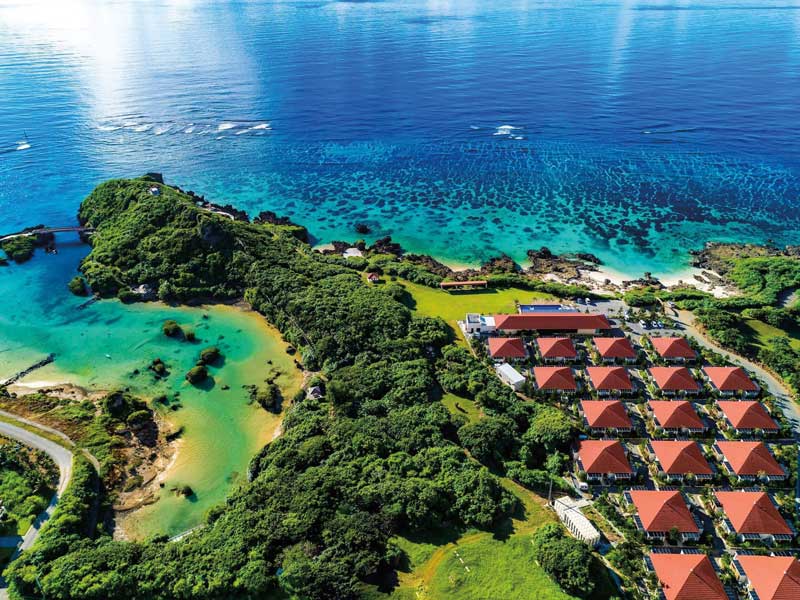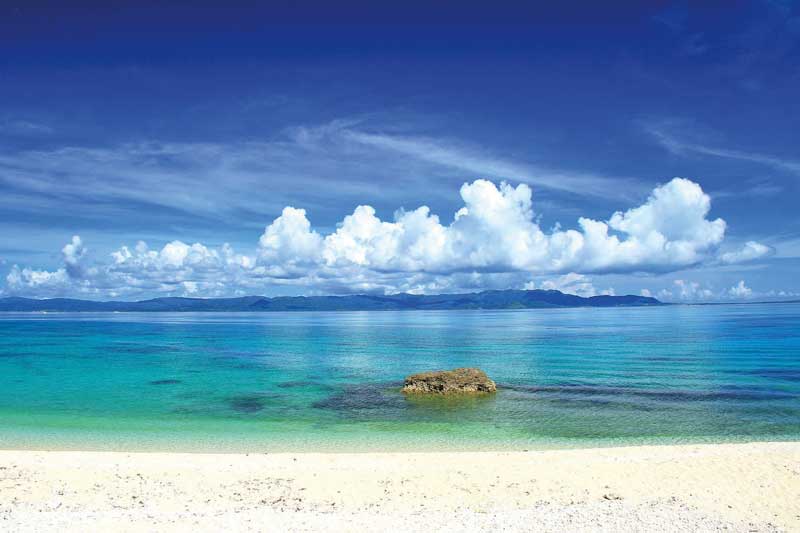The Ancient Ryukyu Kingdom
Despite being an integral part of the country of Japan, the islands of the Okinawa Prefecture have an identity of their own. But what makes Okinawa so special? Due to their roots in the Ryukyu Kingdom, their culture and beliefs are different from the rest of Japan’s, and its southern location allows for tropical and subtropical weather all year round. The lush nature, the crystalline waters of the Pacific Ocean, plus the white sands you will find there, have turned Okinawa into one of the most coveted locations for tourists around the world, and yet not many people are aware of the virtues of the islands. We’ll tell you why Okinawa should be at the top of your destination bucket list.
A Coral Wonderland
The Okinawan islands are a geographical beauty in the southernmost region of Japan. The capital city of Naha is approximately 630 km from Taipei, Taiwan. The prefecture is divided into the Okinawan Islands and the Ryukyu Islands, and consists of 160 islands total, out of which only 49 are inhabited, with a population of around 1.4 million people. Okinawa Hontõ is the main island with an area of 1,206.98 sq km.
The turquoise waters and the warm temperatures have turned this destination into a coral wonderland—over 350 species of coral dwell in the Okinawan region, and they have become one of the main attractions that make these islands perfect for scuba diving and snorkeling. The coral reefs are thought to have formed around 400,000 years ago, and then reformed 100,000 years ago, after the Ice Age.
We find Japan’s largest coral reef in Sekisei Lagoon, off the coasts of the Yaeyama Islands, which have become popular for tourists who want to look at these marine treasures up close. The most recommended spots for these water activities are the coasts off the Kerama Islands National Park, the waters of Ishigakijima, Yonagunijima, Miyakojima and Okinawa Hontõ. However, visitors must be careful of the ecosystem, since it has become increasingly vulnerable due to climate change and human intervention. In the last few decades, corals have been subjected to phenomena like bleaching, caused by increased oceanic temperatures and now 99% of the coral is deemed unhealthy.
Struggle for Independence and Power
Japan, the mighty land of the rising sun, has an ancient and intricate past, and though an inherent part of it, Okinawa has a history of its own. Little is known of the origins of the people that inhabited the islands as early as 22,000 years ago, and while some theories suggest Okinawa finds its roots in Indonesia and China, some others say they might have originated in Australia. The most significant period of the prehistory of Okinawa is the Jõmon period, which lasted from 14,000 to 300 BC. It consisted of a hunting and partly sedentary population, and a culture known for its pottery, tools, and jewelry made from bone and stone.
Around the 13th century, the way of life in Okinawa shifted with the rise of chiefdoms and agriculture with a wider variety of crops like rice, barley, wheat, taro and more. As the chiefs, called Aji, grew in power—some more prominently than others—the idea of kings as rulers emerged and castles were being built as a testament to that power. Records show that the first Ryukyuan king surged around 750 CE, and the islands maintained a high level of sovereignty that ended in the 17th century with the Edo Period and the colonization by the Satsuma Domain. The islands’ privileged location were fundamental for trade with the neighboring nations, so Satsuma took advantage of this fact to trade with China to boost Japan’s overall economy through the Ryukyu kingdom by granting them a state of semi-independence, allowing Ryukyuan leaders to remain in positions of power.
The Typhoon of Steel: The Battle of Okinawa
The first intervention from the West came with Commodore Matthew C. Perry. This represents the first time the United States came in contact with Japan, and particularly Okinawa—a relationship that has persisted to the present day. At the same time, Japan was being influenced by western imperialism and expansionism, which resulted in the 1868 Meiji Restoration (the end of the Tokugawa Shogunate, the traditional Japanese form of government), and with it, the end of the Ryukyu Kingdom and the islands’ subsequent integration to Japan as a prefecture in 1879.
The Meiji Era modernized Japan with a rapid increase in industrialization and military prowess, and promoted a strong sense of national identity as a unified country. It lasted until shortly before the beginning of the First War. But it was in the Second Great War that Okinawa became the center stage for one of the deadliest battles of the conflict: the final stand in the
Pacific War between Japan and the United States of America. It was critical to overcome the Okinawan forces in order to defeat the whole of Japan because they represented a considerable part of the army. Two months later, the US dropped two nuclear weapons in Nagasaki and Hiroshima—an act of violence that would ultimately lead to Japan’s surrender and the end of WWII.
An American Militarized Zone
After the Second World War, the Okinawa Prefecture became a military strategic location for the United States against North Korea and China during the Korean War. It wasn’t until 1972 that Japan regained control of Okinawa, but the US military has remained stationed on the islands to this day, with over twenty military bases. The presence of the American military in Okinawa has sparked a growing amount of global controversy and discomfort among locals, particularly because of the history of violence their presence entails and that still lives in the memory of the elders who experienced the hardships of the war and occupation. Not to mention the construction of the bases has caused considerable damage to marine ecosystems.
The Remarkable Ryukyuan Heritage
Despite the events that have shaped Okinawa to the picturesque prefecture it is today, the islands have stayed true to their Ryukyuan roots and at the same time they have assumed a Japanese identity. However, even though locals still retain some of their traditional customs, the five Ryukyuan languages, which comprise 750 dialects, are fading with new generations speaking mostly Japanese—introduced in Okinawa between 1872 and 1879—and the UNESCO has listed them in the Atlas of the World’s Languages in Danger of Disappearing. Experts in the subject agree that it’s important to preserve these languages to honor and acknowledge the minorities’ place within the global society.
Ryukyuan arts and crafts are equally significant for the preservation of this ancient culture. The Shiisaa are small statues of an Okinawan mythological creature that looks like a mixture of a lion and a dog—it is a derivative of the Chinese lion. The statues can be found in pairs (of what appears to be a male and a female) all over Okinawa: in rooftops, doorways, monuments, etc., and serve as protectors to guard off evil spirits. Also, traditional pottery, called Yachimun, is an 800 year-old craft inspired in other Asian nation’s ceramics, like China and Korea. Each piece symbolizes an element of nature, and you can find several shops at the Yomitan Pottery Village in the main island of Okinawa, where you can learn how artisans work with traditional techniques.
Another craft you will find in these streets is the Ryukyuan glasswork. Glasswork dates back to a century ago, but it became a widely practiced craft after WWII, when artisans would use discarded glass bottles, particularly by the US military, and turn them into sophisticated pieces of glassware. It also gained momentum after Okinawa started garnering attention as a top destination in the 70s, and glass souvenirs became popular amongst tourists.
Bingata is the Okinawan dyeing technique to create colorful fabrics and garments like the traditional kimono. This craft is unique to the Ryukyu Islands, influenced by China and the Edo period in Japan. The use of the Bingata was reserved for the upper classes, and it was often presented as gifts to kings and warriors. Many visitors enjoy taking Bingata classes, so don’t miss the chance to experience this and many other Ryukyuan activities. You can attend presentations of Kumiodori, a performing art created by Choukun Tamagusuku in 1718 with the purpose of entertaining foreign guests, particularly Chinese envoys. The dance depicts Ryukyuan legends accompanied with traditional music and costumes. It was listed by UNESCO as an Intangible Cultural Heritage in 2010.
Okinawa Hontō
The largest island of the prefecture has a lot to offer for tourists looking for unforgettable experiences. Naha, a hub of international trade, became the capital of the prefecture in 1872. If you want to learn about the history of the city, you can visit one of the most representative landmarks of the Ryukyuan Kingdom: Shurijõ Castle. The structure boasts both Chinese and Japanese architectonic styles; however, the castle was destroyed during the Second War and has undergone considerable restoration since 1992 and is now open as a national park. On December 2000, it was designated as Japan’s 11th World Heritage Site. There are vestiges of other Ryukyuan castles that you can visit. The Katsuren Castle is located in Uruma near the coast, offering fantastic views of the landscape from the hill it stands. The castles are in ruins, but they have a lot of historical value. You can also visit Nakagusuku Castle, overlooking the bay and located in the Kitanakagusuku village. Both the Katsuren and Nakagusuku castles are listed as UNESCO World Heritage Sites.
Another site where you can appreciate beautiful ruins, also listed by UNESCO, is the Tamaudun Mausoleum, built around the 16th century as a funerary tradition for the royal family. Entry is free of charge and you can also visit the museum at the reception building. But aside from ruins and historical sites, Okinawa is also home to many natural wonders, and if you’re a lover of natural formations, stop by the Okinawa World theme park; aside from the taste of true Ryukyuan culture you will find here, you can visit the Gyokusendo Cave located under the park; with a stunning universe of colorful stalactites and stalagmites.
It is the second largest cave in the whole of Japan that you can explore it along an 850 meter long walkway.
In spring, the cherry trees flourish sooner than in mainland Japan, so it’s a great opportunity to attend the annual festivals that celebrate this event. The first celebration of the year takes place at the Nakijin Gusuku Sakura Festival in the Nakijin Castle Ruins Park, followed by a visit to the Motobu’s Yaedake Sakura Forest Park where you will find over 7,000 cherry trees lining the road. You can also go to the Nago Sakura Festival in Nago Central Park where you can enjoy food, folk dance, live music, contests, and more.
Another excellent way to learn all about Ryukyuan culture and Okinawan history overall is through a visit to the wonderful Okinawa Prefectural Museum. The exhibitions cover a wide range of subjects that include arts, crafts, history, folklore, natural history and culture. On the other hand, the Okinawa Churaumi Aquarium, inside the Ocean Expo Park facilities, offers a wide variety of activities that visitors can enjoy, like learning about the whale shark, the manta ray, coral, and other local marine species.
Also at Expo Park, you can find the Dolphin Lagoon and the Manatee Pool among other attractions to learn about natural habitats and conservation efforts. For a beach escapade, head over to the Park’s coasts coated in white sands. You can relax on the pristine Emerald beach, or you can travel a bit farther up to the Kunigami District and visit Okuma Beach, equally stunning with clear waters and plenty of water sport opportunities. The Sun Marina beach is also ideal if you’re looking for a stunning beach scenery. Also in the Kunigami district, we recommend a visit to the Ryukyu Mura Village for an immersive cultural experience, with live presentations every day, traditional dances, delicious local food, souvenir shops and more.
At night, the city of Naha, in particular, has a unique atmosphere and a vibrant nightlife as a consequence of the merging influences that have shaped the prefecture. Here you will find the largest variety of nightclubs, bars, restaurants and cafés with live music of every possible genre—there’s a perfect place for everyone. Some of the best spots are the Dojo Bar, which pays tribute to Karate and Kobudo, both native of Okinawa, the Black Harlem with excellent soul music, Finca La Vigia Okinawa for a relaxed environment, and Bar-Baobab, a favorite for locals with cocktails and superb cuisine. Additionally, many high-end resorts like the Busena Terrace Beach Resort and the Ritz-Carlton Okinawa offer luxury lounges for a more exclusive experience, with cocktails and delicacies.
The Idyllic Islands of Okinawa
Aside from diving and snorkeling, clear waters, lush nature and spectacular views, there is plenty to do in the rest of the islands of Okinawa. Ishigaki is the main island of the Yaeyama archipelago, located in the southwestern region of the prefecture, and you can experience Ryukyuan culture, go on a spa retreat, visit the local museum or the Ishigaki Limetone Cave, swim with manta rays, go on a hike to the top of Mount Nosoko, also perfect for bird-watching, and much more. From March to January, you can go on a boat trip off the coasts of the Zamami and Kerama Islands to watch the humpback whales found in the area for the season. Miyako Island, for its part, has some of the best beaches with lots of fish and coral species you can encounter by swimming or snorkeling. It is also home to Irabu Ohashi, the longest and arguably most spectacular toll bridge in Japan, connecting Miyakojima and Irabujima.
There are many other unique places and experiences you can discover if you travel to the Ryukyuan land. Many who have visited the islands call it “the Hawaii of Japan”, but more than that, it’s an enigmatic, lively and welcoming place surrounded by otherworldly beauty and endless opportunities to discover something new. Their culture and history are unique and valuable and we all gain so much just by visiting these islands
Text: Ashanti Rojano ± Photo: Tsurikichi Sanpei / Star2 / WPD / Fantastic Culture / ©Japan National Tourism Organization. All Rights Reserved / Inside Japan Tours / ihg / Farm9 / Gunnar Heilmann / ide Costume / Miyakojima Library / Okinawa Hai / Okinawa / Kokoro Gifting / The Japan Times / ont / The Japan Time / Gajing / DT / Moshi Moshi Nipon

